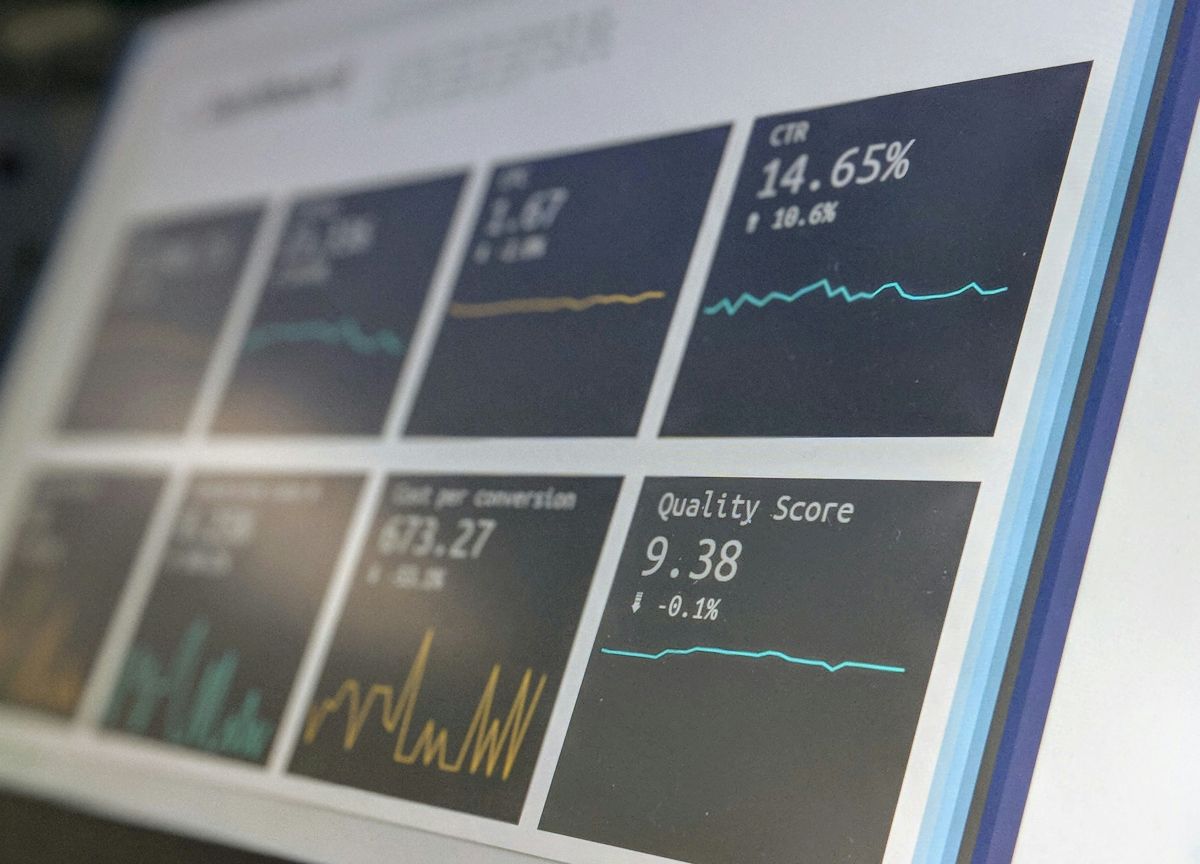The Beginner’s Guide to PPC Advertising
Pay-per-click (PPC) advertising is one of the most powerful tools in digital marketing, providing businesses with a direct way to reach potential customers. Whether you're a small startup or an established company, PPC can deliver immediate results by placing your ads in front of people who are actively searching for your products or services. With platforms like Google Ads dominating the PPC space, it can be overwhelming for beginners to know where to start. This guide aims to simplify the process by explaining essential aspects of Google Ads and PPC advertising for newcomers.
What is PPC Advertising?
PPC advertising works on a simple premise: you pay a fee each time one of your ads is clicked. These ads can appear in search engines, social media platforms, or websites that display paid advertisements. The most popular PPC platform is Google Ads, where businesses bid on keywords to have their ads appear in search results when potential customers type in specific search terms. The goal is to drive high-quality traffic to your website and generate leads or sales.
This type of advertising allows for precise targeting, budget control, and measurable results. For beginners, however, understanding the nuances of Google Ads and PPC advertising is essential to create campaigns that yield a good return on investment (ROI). Let’s break down the top 8 things you should know when getting started with Google Ads.
1. Understand the Google Ads Auction
Google Ads operates on an auction system, where advertisers bid on keywords they want to target. However, the highest bidder doesn’t always win the top spot. Google uses a combination of factors to determine which ads will be displayed, including:
- Bid amount: The amount you are willing to pay for a click.
- Quality Score: Google’s rating of your ads based on relevance, landing page quality, and expected click-through rate (CTR).
- Ad extensions and relevance: The more detailed your ad, the better your chances of getting a top spot.
The Google Ads auction system can be intimidating at first, but understanding that it’s not just about the highest bid can help you make smarter decisions. Focus on improving your Quality Score by creating highly relevant ads that lead to a well-designed landing page.
2. Keyword Research is Crucial
Effective PPC campaigns begin with solid keyword research. Choosing the right keywords ensures your ads reach the right audience. Google Ads provides a tool called the Keyword Planner, which helps you discover relevant keywords based on your business or industry.
When selecting keywords, consider the following:
- Search volume: How often people search for a keyword.
- Competition: How many other advertisers are bidding on the same keyword.
- Relevance: Ensure the keywords directly align with the products or services you’re offering.
It’s important to choose a mix of short-tail and long-tail keywords. Short-tail keywords are broader and more competitive, while long-tail keywords are more specific, typically leading to higher conversion rates.
3. Set a Realistic Budget
One of the main advantages of PPC is that you have full control over your budget. Google Ads allows you to set a daily or monthly budget, ensuring you never spend more than you're willing. However, beginners often struggle with setting a realistic budget that aligns with their goals.
Start with a modest budget and monitor your campaign’s performance over time. Track metrics like click-through rate (CTR), conversion rate, and cost per acquisition (CPA) to determine if your budget allocation is working. Adjust your budget according to the results—if a particular campaign is performing well, consider increasing its budget to scale your results.
4. Create Compelling Ads
Your ad copy plays a critical role in driving clicks. Compelling ads should be clear, concise, and relevant to the user’s search query. A great ad will capture attention and encourage users to click through to your website. Here are a few tips for creating effective ads:
- Use strong calls-to-action (CTAs): Encourage users to take action with phrases like “Shop Now” or “Get Started.”
- Highlight unique selling points (USPs): What makes your business stand out? Include promotions or value propositions.
- Use ad extensions: Extensions such as site links, callouts, and structured snippets can make your ad more informative and take up more space on the search results page.
Test multiple variations of your ads (A/B testing) to see which ones perform best. The more relevant your ad is to the search query, the higher your Quality Score will be.
5. Focus on Landing Page Optimization
Once users click on your ad, they are directed to your landing page. If the landing page isn’t optimized for conversions, your PPC campaign could fail despite high-quality clicks. Ensure your landing page:
- Matches the ad’s promise: If your ad highlights a special promotion, the landing page should continue that message and offer the same deal.
- Is mobile-friendly: A large portion of search traffic comes from mobile devices. Ensure your landing page is responsive and loads quickly on smartphones and tablets.
- Has a clear CTA: Once visitors are on the landing page, guide them toward a specific action, such as making a purchase, signing up for a newsletter, or requesting more information.
Google’s algorithms also consider landing page quality when determining your Quality Score, so an optimized landing page will improve both your user experience and your ad rankings.
6. Track and Measure Campaign Performance
Data is key when it comes to PPC advertising. Google Ads provides robust reporting tools to help you track your campaign’s performance. Key metrics to monitor include:
- Click-through rate (CTR): The percentage of people who click your ad after seeing it. A high CTR often means your ad is relevant and compelling.
- Conversion rate: The percentage of clicks that result in a desired action, such as a purchase or sign-up.
- Cost per click (CPC): The average amount you pay for each click on your ad.
- Cost per acquisition (CPA): The total cost to acquire a customer or lead through your ad.
By regularly analyzing these metrics, you can identify which ads and keywords are performing well and which need adjustment.
7. Use Negative Keywords to Filter Traffic
While targeting the right keywords is essential, it's equally important to filter out irrelevant traffic using negative keywords. Negative keywords are terms you don’t want your ads to show up for. For example, if you sell luxury watches, you might want to add “cheap” or “discount” as negative keywords to avoid attracting bargain hunters.
Using negative keywords helps to improve your ROI by reducing wasted spend on clicks that won’t lead to conversions. Regularly update your list of negative keywords based on the performance of your campaigns.
8. Optimize for Mobile Devices
With an increasing number of people browsing and shopping via mobile devices, optimizing your PPC campaigns for mobile is essential. Google Ads offers mobile-specific features, such as adjusting bids for mobile users and designing mobile-friendly landing pages.
Keep these tips in mind:
- Use responsive ads: These ads automatically adjust their size and format based on the device.
- Target local searches: Many users perform local searches on their mobile devices. Ensure your ads are geo-targeted to reach users in specific locations.
- Simplify the user journey: On mobile, users often look for quick, easy actions. Make sure your landing pages are streamlined for mobile users to navigate smoothly.
Getting Started with PPC Advertising
PPC advertising is a powerful tool for driving traffic and generating leads, but it requires careful planning and execution. By understanding Google Ads, conducting thorough keyword research, creating compelling ads, and optimizing your landing pages, you’ll be well on your way to running successful PPC campaigns.
As a beginner, it's essential to continue learning and optimizing your campaigns to maximize their effectiveness. WorkForce Institute offers an accelerated digital marketing program designed to help students master the latest digital marketing techniques, including PPC advertising. Whether you’re looking to upskill or reskill, WorkForce Institute is an asset for industry leaders aiming to stay ahead of the curve in the ever-evolving digital marketing landscape.


